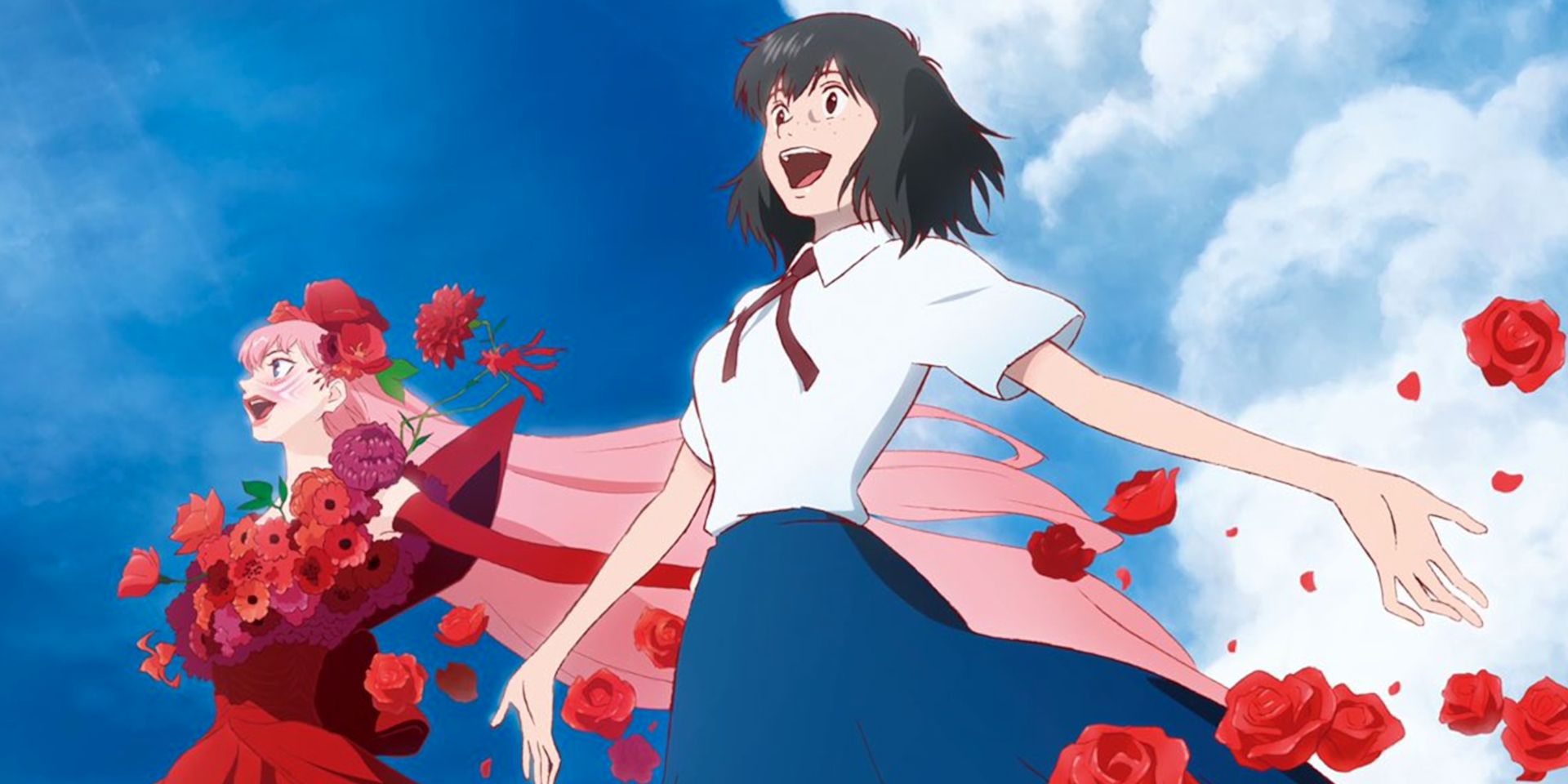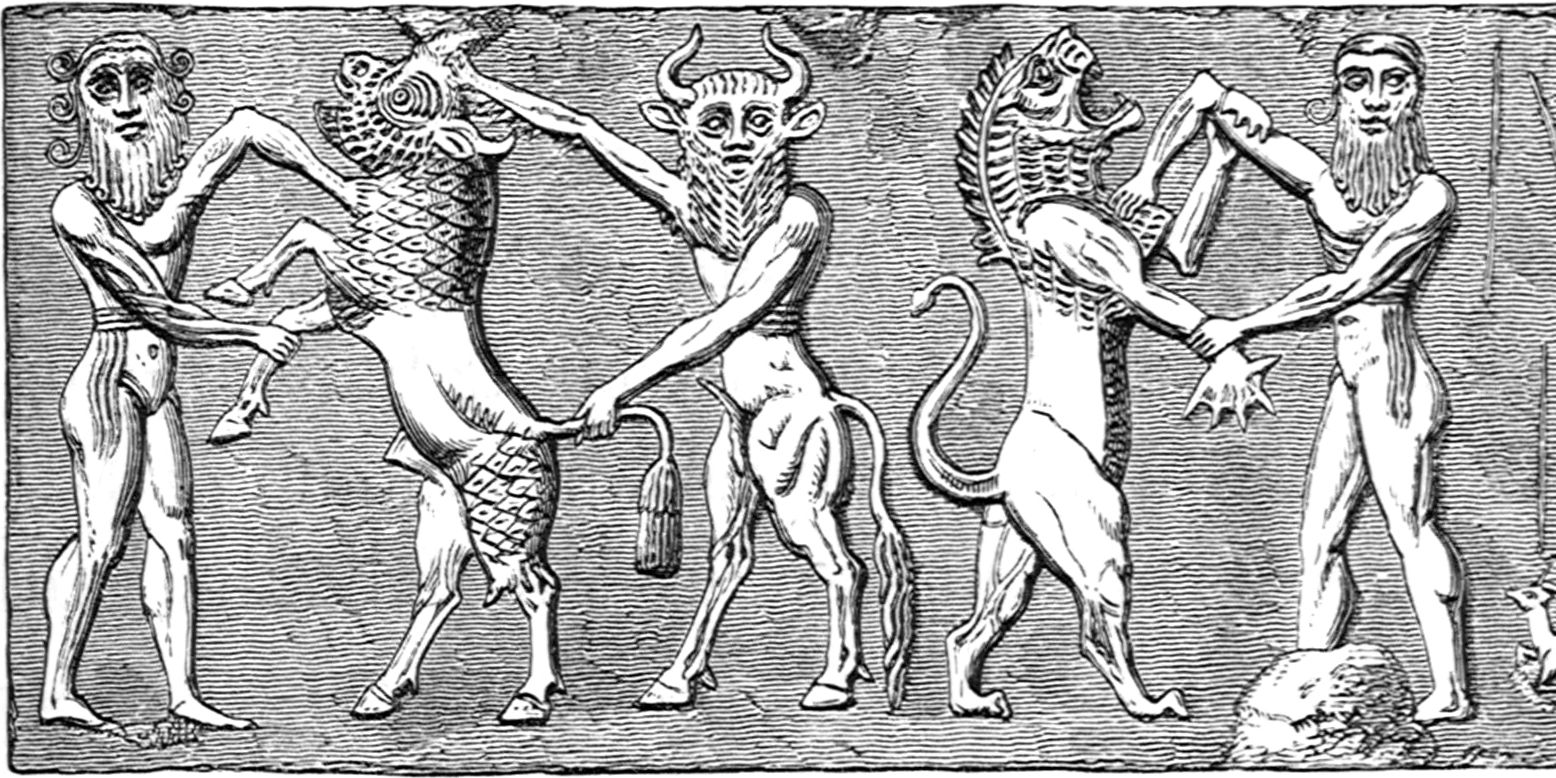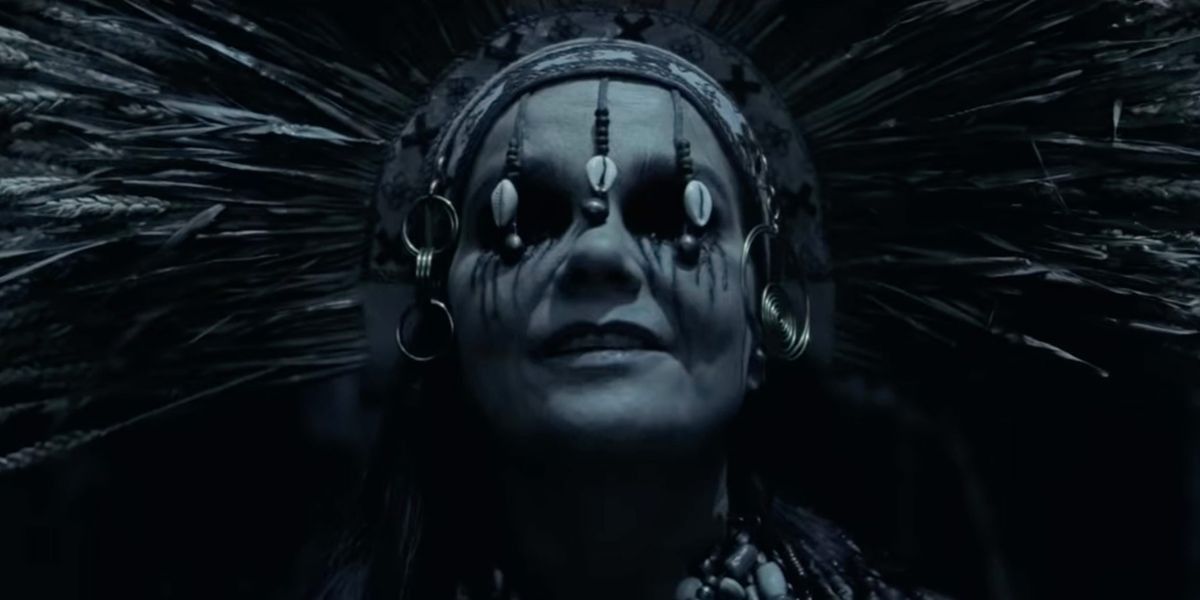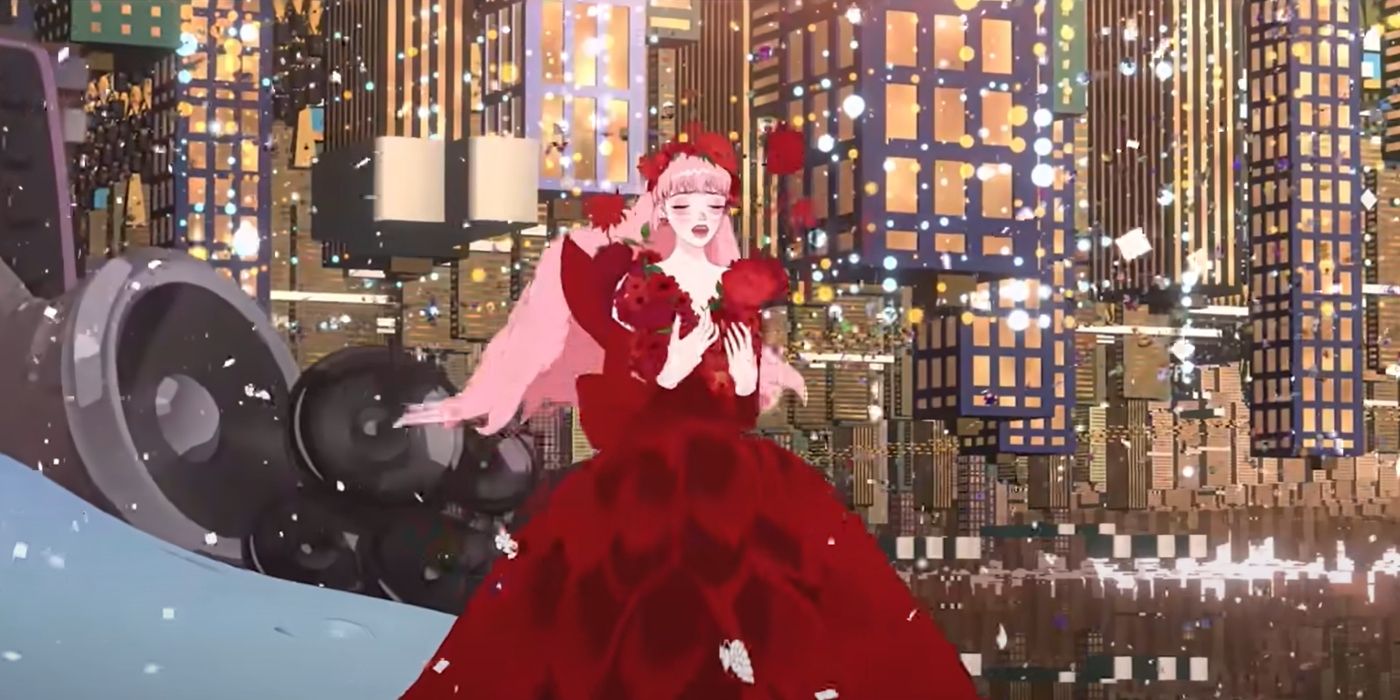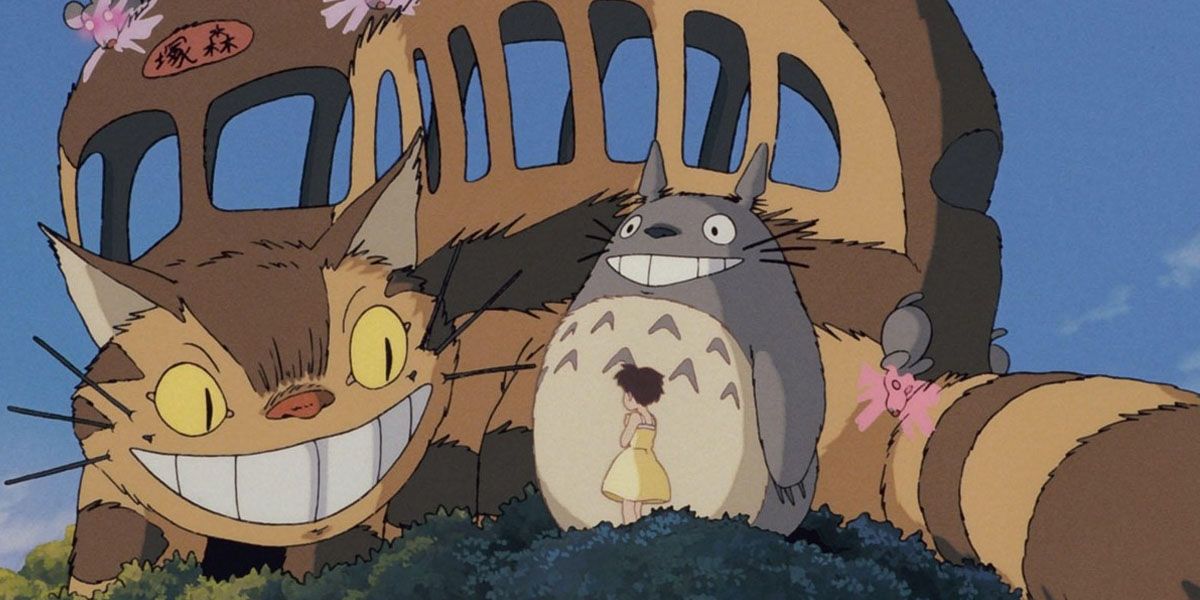Igor Stravinsky once said, “Lesser artists borrow; great artists steal.” Though at first blush this appears an endorsement of plagiarism, beneath the clever turn of phrase lies a deeper meaning: the greatest works of literature have something of a kleptomaniac streak. Shakespeare’s work is based upon legends from various corners of Europe; Hulu’s forthcoming A Court of Thorns and Roses series is partially inspired by the tale of Hades and Persephone; and that’s without even touching on the whole of Roman mythology.
Lauded at the Cannes Film Festival this year was Belle, an anime film based on Beauty and the Beast. Recently arriving in syndication is Season 2 of Made in Abyss, which is largely based on Dante’s Inferno. From anime to comics and everything in between, imitating the stories that came before is one of the essential elements of fiction, and is often used to demonstrate the affection if the author got the genre. By looking at how stories came to be throughout history, they can help to predict the ways that fiction may turn in the future.
Coinspiration From Gilgamesh to The Northman
The concept of fiction is a relatively new one. Before the modern age, fiction of antiquity was generally believed to be a revelation of a god bestowing a truth upon the person communicating it. As such, The Epic of Gilgamesh, generally agreed upon as the first written story, was likely viewed as true when first put down. That makes its story of a great flood covering the world to be one of interest -- espeically given that such a worldwide disaster is also portrayed in the Biblical Book of Genesis and other religions, as well as regional versions in Greek and Egyptian mythology. The flood was likely sourced from the same oral history represented in the ancient Mesopotamian text, but myths predating mathematics are hardly the end of mimicry in fiction.
Bringing the trend forward into the West, Dante Alighieri wrote about the levels of hell in what could only be described in present-day terms as a bit of Biblical crossover fanfiction. By combining the ideas of Aristotle and the beliefs of Christians at the time, Alighieri delved into the topic of the Biblical hell as he claimed was revealed to him in a vision, a common narrative aspect of the era. As this was his phrasing, however, a great deal of the Christian concept of hell is derived from Dante’s spin on it. Similarly, John Milton introduced an entirely different version of hell in Paradise Lost, and a great deal of modern perceptions of Satan are derived from his interpretation which, naturally, he claimed as a new revelation of the truth of the Bible.
Between the two resided Shakespeare. Possibly the unprecedented king of carrying forward traditions inspired by other tales and legends, Shakespeare’s plays almost always contained a bevy of allusions to and inspirations from older stories. Take Hamlet for example, which served as the inspiration to The Lion King. The tale of the king of Denmark’s betrayal and Hamlet’s feigned insanity was inspired by the legend of Amleth, which also served to inform the 2022 film The Northman.
Interestingly, Hamlet likewise informed The Northman, meaning the adaptation of the legend that inspired the play was inspired by the play -- which was inspired by the legend. Almost all of Shakespeare’s plays were likewise inspired by legends and myths, and even Romeo and Juliet was essentially a stage play version of The Tragicall Historye of Romeus and Juliet, a poem by the contemporary Arthur Brooke.
Moving on to more modern stories, one of the most prominent of the 1800s (and easily one of the most influential) was Mary Shelley's seminal work, Frankenstein. Easily one of the greatest works of fiction due to its almost single-handed creation of the science fiction genre, Frankenstein is, at the very least, a sort of Frankenstein’s monster itself, bearing the DNA of many different Greek and Roman myths within -- including Pygmalion (which would later inspire the Pygmalion play, the precursor to My Fair Lady) and the fire bearer of its subtitle, Prometheus.
This is without referring to a single one of the ghost stories that inspired the novel, including centuries of storytelling and shilling shockers. Horror in general has always been built upon the shoulders of giants. Vampires of some sort are at least as old as the English language, and Dracula’s movie adaptation inspired the American zombie genre. Bride of Frankenstein, a spinoff of Frankenstein, revolutionized cinema in a number of genres. Finally arriving at movies and television, media exploded, especially two particularly relevant to the current discussion: Anime and its constant companion, Manga.
Belle and Contemporary Fiction from Ancient Stories
According to some historians, manga can be traced back to Japanese art of the 1100s while syndicated manga began quite some time before the first comic book arrived in the west. However, the common styles and tropes are generally agreed to have come from the allied occupation of Japan’s influence through comic books and early western animation -- especially Betty Boop. Art styles and their related histories aside, manga and anime quickly picked up on cultural imports from the West to influence the stories of anime.
Some of the most prominent recent examples have been noted already as Belle, the 2022 Cannes-awarded anime spectacular inspired by Beauty and the Beast (an 18th-century fairy tale influenced by Greek Mythology such as Cupid and Psyche and the marriage of Hephaestus and Aphrodite as well as early Italian literature) and Made in Abyss, inspired by Dante’s Inferno. Going further back in time, however, shows that inspiration from western literature and its predecessors is as common to anime as pink hair.
Hayao Miyazaki’s films, for instance, take influence from books such as The Borrowers, which inspired The Secret World of Arietty. The Borrowers is likewise an exploration of “The Little People” or “The Wee Ones,” from Britannic folklore that predate the written word in Europe. Howl’s Moving Castle is inspired by the Diana Wynne Jones novel of the same name, which itself consistently alludes to the world of Tolkien, John Donne, Hamlet and Alice in Wonderland (with special emphasis on the lattermost). Fullmetal Alchemist’s primary macguffin is the Philosopher’s Stone, an object of French folklore that’s centuries old. Isekai anime/manga in general follows the "Hero's Journey" archetype, which many trace back to the ancient Britannic tale of The Sword in the Stone.
Every story is built upon the expectations of what came before, but almost every story is itself a version of the same. As much inspiration as adaptation, from anime to poetry, great works of literature are built upon the skeletons of those that came before. If you ever come across a story and think, “This is a copy of another story I’ve read,” rest assured that not only has it certainly done so, but that it has done no wrong. In literature, all theft is merely stealing from a thief.

